10 Questions for OYUNA founder Oyuna Tserendorj
All Images: Joe Harper / OYUNA
Did you know that your cheap cashmere jumper could be contributing to negative impacts on the other side of the world? We meet Oyuna Tserendroj, who is on a mission to celebrate sustainably sourced cashmere and preserve the nomadic life of cashmere herders.
A few years ago when cashmere suddenly became available to all, many of us couldn’t believe we could purchase such a soft fabric for such reasonable prices. As the fibre became more popular, a devastating issue began to evolve far from the High Street that was now selling it. In Mongolia, where cashmere goats live, desertification was becoming a huge environmental problem, a problem that was also threatening the livelihood of cashmere herders. It takes 3-4 goats to make one jumper, and each goat malts once a year. The answer to an increase in demand for cashmere, was more goats.
When we were exploring the world of sustainbly sourced cashmere, we came across OYUNA. In 2002, Oyuna Tserendorj began her eponymous cashmere label, OYUNA. Having lived in Mongolia as a child, she saw an opportunity to teach consumers about this sacred fabric. In her eyes, she saw a fibre produced with love. In order to celebrate the traditional but now threatened life of a Mongolian nomadic herder, she makes cashmere garments with soul. Pieces made from a fibre that was happy at every stage of the supply chain. We spoke to Oyuna about her unique mission, and how her new EARTH collection is helping her to spread the word about her soulful cashmere supply chain.
The Vendeur: What is the story behind how you started OYUNA?
Oyuna Tserendorj: OYUNA was born out of my desire to stay connected with my native country, Mongolia while living in London. I started my brand, with the aim of sharing cashmere, which is such a precious natural material with the world. Creating OYUNA would help me to push the boundaries of cashmere design. Cashmere is something most Mongolians are very familiar with growing up. Even though I grew up in a city, I was very close to life in the countryside, like all Mongolians. One can drive 30 minutes from the capital and be completely surrounded by mountains.
TV: How is the cashmere industry contributing to desertification and economic problems in the grasslands and surrounding areas?
OT: The main reason is the increase of goat numbers due to global demand for cashmere. This has led to changing land use practices and poor rangeland governance which in turn leads to overgrazed and degraded pastures. Overgrazing is having negative impacts on rangeland resources, including native wildlife, as well as increasing the vulnerability of herder livelihoods. We have partnered with the Sustainable Fibre Alliance (SFA) who are doing incredible work to ensure responsible production practices that minimise environmental impact. This also includes safeguarding herder livelihoods and meeting high animal welfare standards to make sure our work is not contributing to these negative impacts.
TV: What inspires you about Mongolian cashmere?
OT: Mongolia has a traditional nomadic culture. I just love the unique way nomads lead their lives according to their livestock. Their animals are very precious to them. They live off them. They respect them. I think non-farmed herds, grazing freely in open steppes and mountains are happier and I also believe, result in a very “fresh” cashmere, that is uniquely Mongolian.
TV: What are some misconceptions around cashmere that you are trying to combat?
OT: There are many misconceptions around cashmere. Starting with a simple one like “does cashmere come from a rabbit?” Or that “cashmere comes from Scotland or Italy”. I am not trying to combat these misconceptions but to help people to have access to the right information. Through OYUNA, we help them connect to the beautiful process and care that goes into each of our cashmere garments. For example, herders work all year round, including during the harsh Mongolian winters with their goats. On average, 1 goat generates 150 grams of fibres per year and it can take 300 grams to make just one jumper.
Enjoying this article?
Then you'll love our Newsletters. At the beginning of each month, we send you the low down for the month ahead, featuring news and our favourite responsible products and brands you need to know about. And whats more, you receive all of this direct to your inbox before anyone else.
TV: Why is it so important to help preserve the traditional nomadic way of life for cashmere goat herders in Mongolia?
OT: Mongolia is one of the last remaining nomadic cultures in the world. The nomads are true guardians of this beautiful land which is untouched by industrialisation. We have less and less places like that left on Earth. These places are so precious for humanity if we want to be in optimal health and preserve the planet for generations to come. I believe what we do here matters.
TV: Do you think that voices such as your own have been missing from conversations about conservation and ethically produced fabrics?
OT: Every voice counts – we just need to use our voices to affect the change we expect.
TV: Tell us more about the factory you work with in Mongolia making the products.
OT: Our factory fully complies with SFA’s Clean Fibre Processing Code of Practice standard. This means the factory only sources raw cashmere from SFA certified herders. In addition to this the full production process is done under strict standards of efficient use of energy and water, elimination of harmful chemicals and ensuring safe, fair working environments.
TV: How is OYUNA working to track and trace cashmere through the supply chain in collaboration with the cashmere herders?
OT: We have a very straightforward and transparent supply chain. We have direct contact with every step of the supply chain so understand the challenges that arise. In addition we work with the SFA to support the people, land and animals we work with as much as possible.
TV: Tell us about your new collection, launched on Earth Day.
OT: EARTH collection is a unique collection available via pre-order as a way to support the Mongolian herders and the land our cashmere comes from. The aim of this collection is to connect cashmere lovers to our herders. We highlight the year-round hard work that herders undertake, as well as the complex process of cashmere production. With each pre-order, our customers are invited on the journey to see their piece being made; from goat to garment.
The main reason behind this project was to support our nomads during the months they need it most. Usually they get paid only once a year when they comb their goats in Spring and sell the raw cashmere to factories. Our pre-order EARTH collection helps herders to better manage their work and cash flow for the year ahead, it’s also all made from SFA certified cashmere.
TV: How has OYUNA the brand evolved since 2002?
OT: I think we have matured as a brand and as a voice. We have an amazing circle of loyal customers, great suppliers we have worked with from day one, and a great team. People come to us for an interesting, thoughtfully designed cashmere garment that has soul, personality and a story. I never set out to start a ‘sustainable brand’. However with the threats of climate change increasing, I feel a duty to share our story and help people connect to where their clothes come from; the people, land and animals it touches. And of course to help to protect and preserve nomadic culture and the Mongolian cashmere supply chain.
Did This Put A Smile On Your Face? Why Not Subscribe?
If you enjoyed this then theres plenty more on our email newsletters that you'll love. Whether you're a sustainable newbie or an eco conscious pro, our bi monthly emails will inspire you to live sustainably and ethically.
Disclaimer: The people and models in the images featured are not associated with The Vendeur and do not endorse it or the products shown. This post may contain affiliate links. Prices correct at time of publishing.


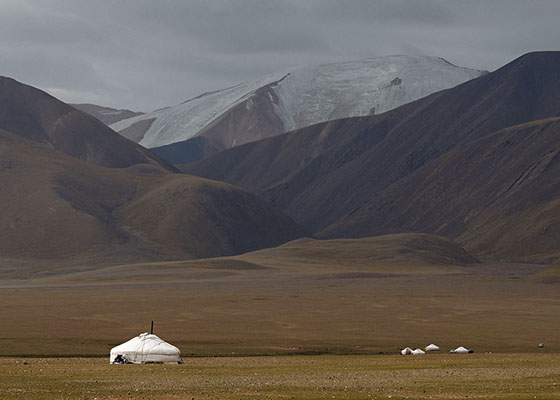
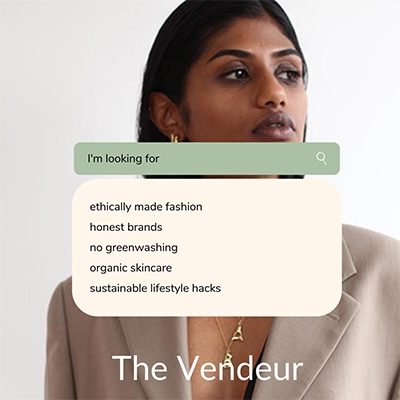
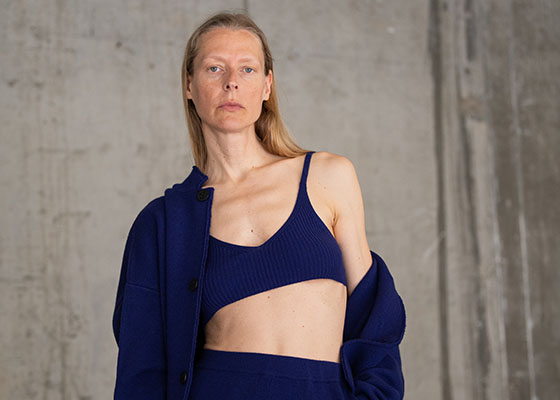
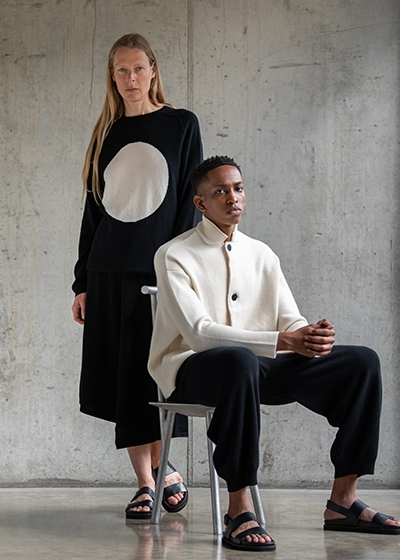
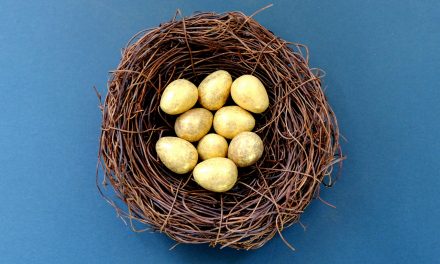
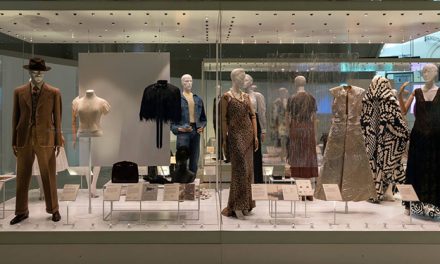


Trackbacks/Pingbacks